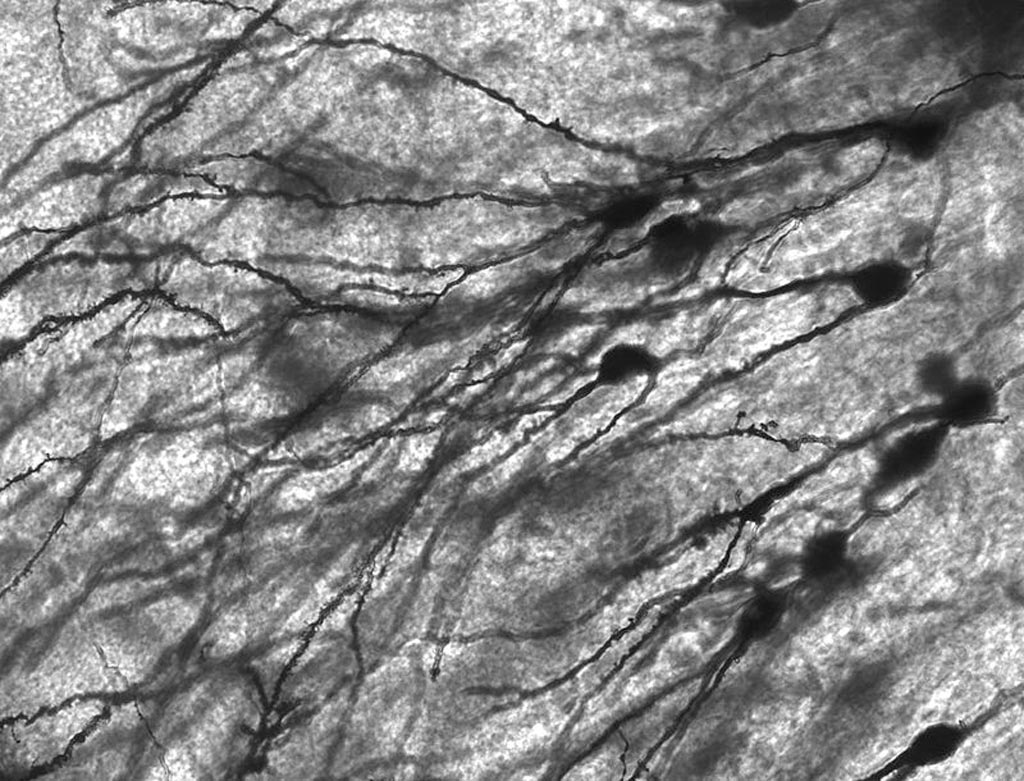Long Non-Coding RNA Identified Modulates Synaptic Morphology and Function
By LabMedica International staff writers
Posted on 24 Oct 2018
A specific long non-coding RNA that exists in the hippocampal neurons of the brain was found to be enriched in the cells' nuclei and was shown to be necessary for modulating synaptic communication, synapse density, synapse morphology, and dendritic tree complexity.Posted on 24 Oct 2018
Long non-coding RNAs (lncRNAs) are considered to be non-protein coding transcripts longer than 200 nucleotides. This somewhat arbitrary limit distinguishes lncRNAs from small regulatory RNAs such as microRNAs (miRNAs), short interfering RNAs (siRNAs), Piwi-interacting RNAs (piRNAs), small nucleolar RNAs (snoRNAs), and other short RNAs. LncRNAs have been found to be involved in numerous biological roles including imprinting, epigenetic gene regulation, cell cycle and apoptosis, and metastasis and prognosis in solid tumors. Most lncRNAs are expressed only in a few cells rather than whole tissues, or they are expressed at very low levels, making them difficult to study. Their name notwithstanding, long non-coding RNAs (lncRNAs) have been found to actually encode synthesis of small polypeptides that can fine-tune the activity of critical cellular components.

Image: Golgi-stained neurons in human hippocampal tissue (Photo courtesy of Wikimedia Commons).
Despite the growing evidence suggesting that lncRNAs are critical regulators of several biological processes, their functions in the nervous system remain elusive. However, a recent study carried out by investigators at the Scripps Research Institute (Jupiter, FL, USA) begins to clarify the function of these molecules.
The investigators reported in the October 8, 2018, online edition of the journal Proceedings of the National Academy of Sciences of the United States of America that the lncRNA GM12371 played a major role in regulating synaptic transmission, synapse density, and dendritic branching in primary hippocampal neurons. GM12371 expression was regulated by cAMP signaling and was critical for the activity regulated synaptic transmission. Importantly, GM12371 was associated with transcriptionally active chromatin and regulated expression of several genes involved in neuronal growth and development.
"Long noncoding RNAs are often described as "the dark matter of the genome". So, systematic interrogation of their function will illuminate molecular mechanisms of brain development, storage of long-term memories, and degradation of memory during aging and dementia," said senior author Dr. Sathyanarayanan Puthanveettil, associate professor of neuroscience at the Scripps Research Institute. "Both coding and noncoding RNAs are increasingly viewed as druggable targets. Identifying their specific roles in the fundamental biology of functioning of neural circuits might eventually open new ways of treating neuropsychiatric disorders, such as autism and Alzheimer's disease."
Related Links:
Scripps Research Institute













